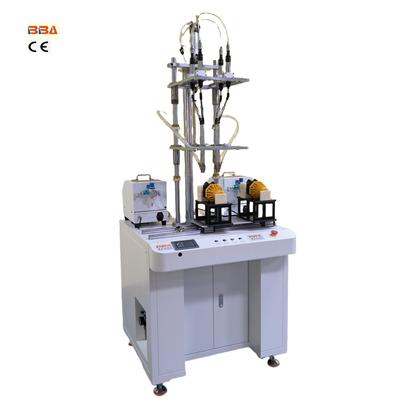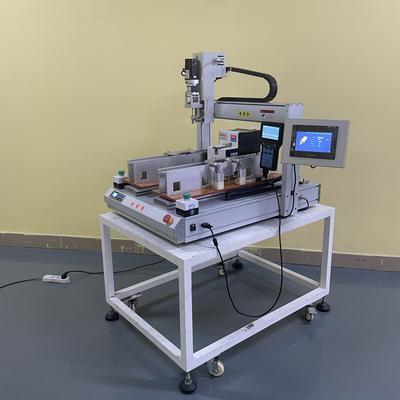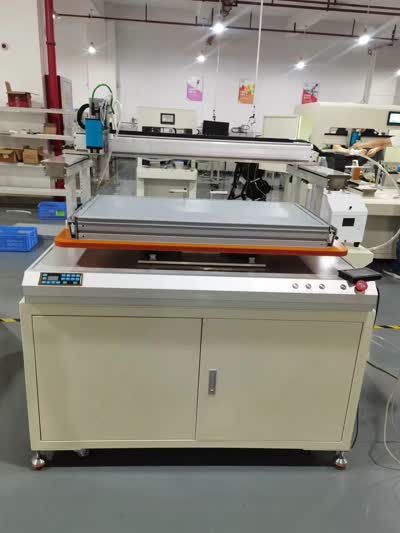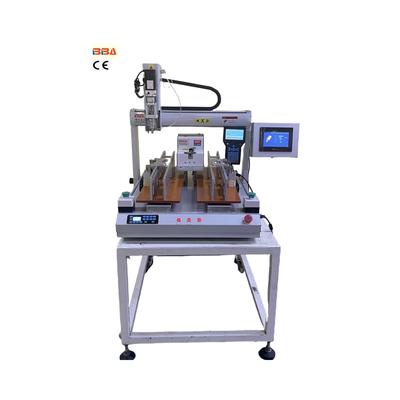Multi-axis Screw Locking Robot | Precision PCB Assembly Solution | Smart Wearables Production
| Product Name | Applicable industries |
| Screw Locking Robot | Smart Wearables Production |

The assembly of printed circuit boards (PCBs) and surface-mount technology (SMT) components demands exceptional precision and repeatability. Traditional screw tightening methods relying on manual labor or basic automation often struggle with minute components and high-density layouts, risking costly errors. Multi-axis robots have emerged as a transformative solution, redefining quality and efficiency standards for fastening operations in electronics manufacturing.
Modern electronics require thousands of micro-screws in confined spaces—some as small as M0.6—with tightening torques measured in fractional newton-meters. Varied PCB thicknesses and irregular component heights pose further challenges. Multi-axis robotic systems excel here, combining microscope-like vision alignment with programmable torque control. Articulated arms reach awkward angles unreachable by fixed tools, their multiple axes rotating with micrometer precision to locate screw holes obscured by nearby resistors or capacitors.
Key advantages include flexibility: one robotic cell handles diverse PCB designs through swift tool calibration changes. Continuous operation reduces cycle times by 50% compared to manual methods, maintaining consistent speeds day or night. Force-controlled torque drivers integrated with the robot ensure screws meet exact specifications without under-torquing (risking failures) or over-torquing (causing board cracks). Built-in error-proofing features, like immediate detection of cross-threaded or misplaced screws, reduce rework rates significantly and flag issues for quality control.
ESD protection is critical when servicing sensitive electronics. Robotic stations feature conductive components and ionizers to neutralize static, preventing electrostatic discharge damage absent in conventional setups. Complex screw patterns, like staggered rows or irregular clusters, prove seamless for these systems through offline programming that maps trajectories around fragile heatsinks and connectors without collisions. Real-time feedback generates detailed logs of each screw location and torque value for traceability—an advantage increasingly relevant for industries with strict documentation standards.
Scalability defines multi-axis solutions. Additional robots can join modular workcells for parallel processing, while their compact footprints maximize factory floor space. Software interfaces allow simple adjustment of tightening parameters for new batches, shortening changeovers to mere minutes. Such adaptability provides access to automated precision even during low-volume, high-mix production while meeting escalating demands in industries requiring robust, miniaturized electronics.
As devices grow smaller yet more complex, the dependence on accurate, reliable fastening intensifies. Multi-axis robotic tightening represents not merely an incremental upgrade but an essential evolution. It transforms screw installation from a potential point of failure into a highly controlled, auditable, and future-ready process. The outcome: higher first-pass yields, stronger product integrity, and accelerated innovation in automated electronics assembly.


